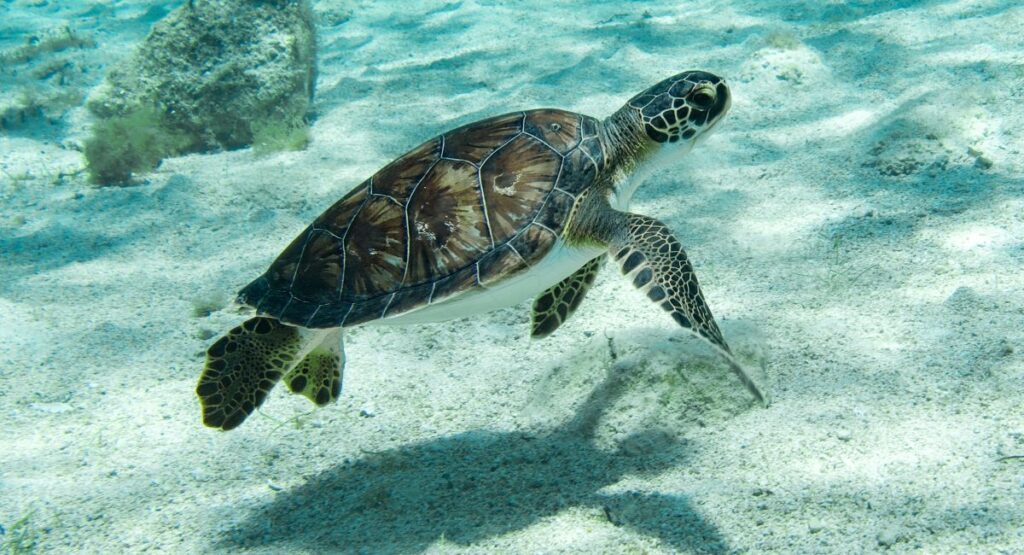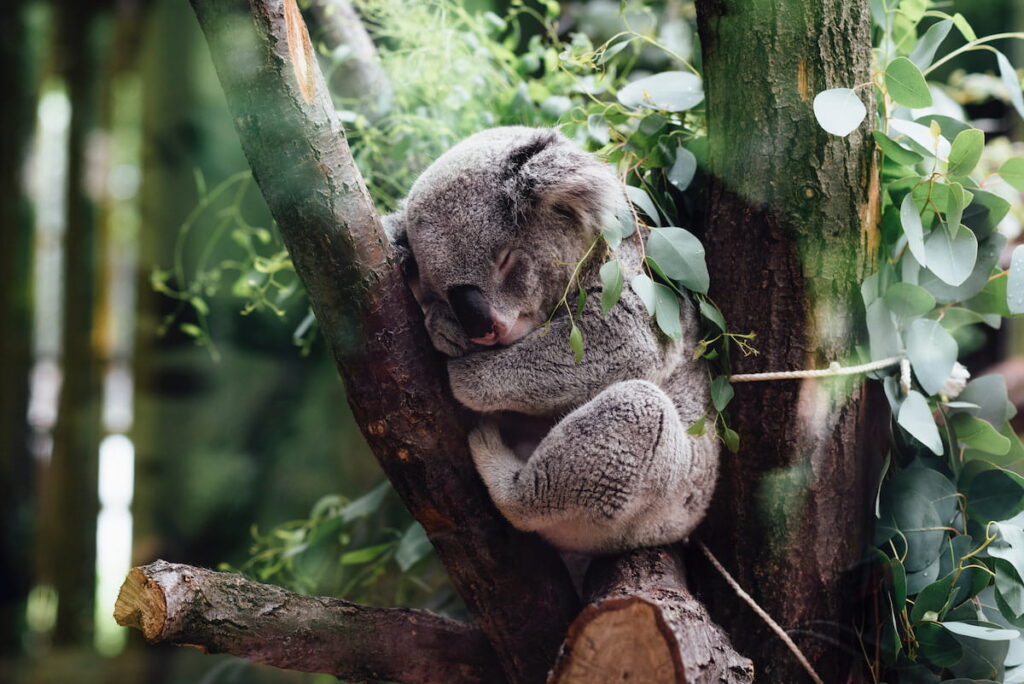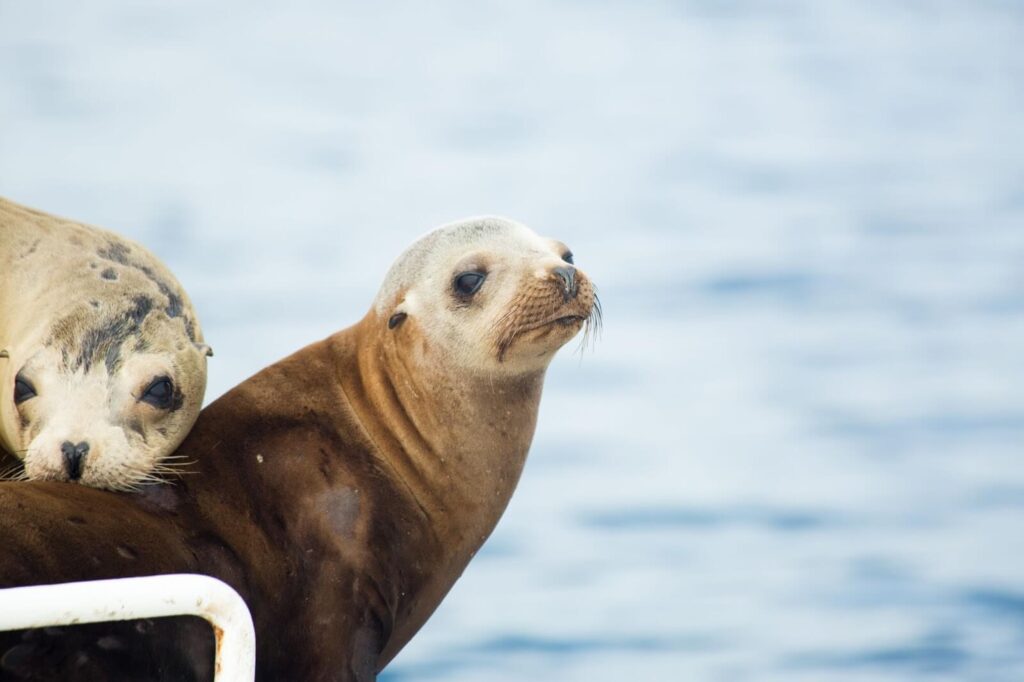If you’re like most people, the word “Maui” probably conjures up images of pristine beaches, turquoise waters, and lush rainforests. But what you may not know is that Maui is also home to an abundance of wildlife. From Hawaiian monk seals and owls to nenes and manta rays, Maui’s animal residents are as varied as they are fascinating. In this blog post, we will uncover the unique wildlife of Maui and learn more about each of them.
Hawaiian Monk Seals
Photo credit: www.marinemammalcenter.org
One of the rarest sea mammals in the world, the Hawaiian monk seal, is endemic to the Hawaiian Islands. It’s also an endangered animal, with fewer than 1,100 left on earth. “Dog that runs in rough seas” is what their Hawaiian name, “ilioholoikauaua,” means. These seals can grow to be about 6-7 feet long and weigh between 400 and 600 pounds. Adults are silvery-dark grey on top and lighter on the bottom, and babies are black.
Despite spending most of their time at sea, Hawaiian monk seals can be seen lazing on sand beaches during the day, especially when they are molting. Their diet consists of fish, octopus, and squid. They usually hunt in water less than 200 feet deep but can go more than 1,000 feet deep if needed.
Most female Hawaiian monk seals give birth at the end of March or the beginning of April, after about 10 to 11 months of pregnancy. When they have pups, they like to give birth on sandy, protected beaches. Mother seals care for their pups for about 4-6 weeks while fasting and staying on land. After this time, the mother leaves her babies and goes back to the water.
Pueos (Hawaiian Owls)
Photo credit: Jack Wolford
The Hawaiian owl is a subspecies of the short-eared owl. They are an average-sized bird with a body size of about 16 inches long. They have a wingspan of about 2 feet and a lifespan of up to 10 years. Its feathers are brown with spots of light beige and orange. The underside is light beige to orange with small brown spots. The eyes are yellow and orange. The face disk, which can occasionally form a complete ring around the eyes, is beige with a brown edge on the outside of the eyes. The legs have feathers that range in color from beige to orange. Like other birds of prey, the females are bigger than the males.
This type of owl likes to hunt for small rodents. It hunts during the day, so it is easier to watch than species that hunt at night. It hunts by hovering over the ground and flying low. It will also eat insects and small birds.
When males try to impress their potential mates, they will fly around and flap their wings as part of a sky-dancing show. The females build the nests, which are simple holes in the ground that are lined with grass and feathered down. The eggs are also laid and raised by the females.
The males feed the females and guard the nests. Chicks hatch at different times, and the female feeds them with food brought by the male. The young may leave the nest on foot before they can fly, and they will still need their parents for about two months.
Nene (Hawaiian Goose)
Photo credit: animalia.bio
The nene is a type of bird that is only found on the Hawaiian Islands. It is also called the Hawaiian goose. The nene only lives in the wild on Maui, Oahu, Molokai, Hawai’i, and Kauai. In 1957, it was named the official state bird of Hawaii.
These geese are about 16 inches tall. The average weight of a female is 3.5–5.5 pounds, while the average weight of a male is 4–7 pounds, making males 11% bigger than females. Adult males have a black head and back neck, tan cheeks, and a very furry neck. There are black and white stripes on the neck. The only difference between the male and female nene is that the female is smaller. The adult bird has a black bill, legs, and feet. Under its chin, there are soft feathers. Goslings look like adults, but they are browner and have less contrast between the colors on their heads and necks. Their stripes and bars are also much less noticeable.
Even though they spend most of their time on the ground, they can fly. Some of them fly every day between where they nest and where they eat. Nenes are herbivores that browse, graze, and forage only on land. They eat leaves, berries, seeds, flowers, and grass.
Manta Rays
Photo credit: www.fisheries.noaa.gov
Manta rays are large, flat fish that are closely related to stingrays. Manta rays are among the largest of all rays, with some individuals reaching sizes of over 29 feet across and weighing up to 3,000 pounds. These massive creatures have wide, triangular pectoral fins and long, whip-like tails. Their bodies are usually gray or black, with white spots or streaks.
Manta rays live in tropical and subtropical waters around the world. They are often found near coral reefs, where they feed on zooplankton. These rays typically swim alone or in small groups. They are gentle giants that pose no threat to humans. In fact, manta rays are often curious about scuba divers and will approach them for a closer look. These fascinating creatures can live for at least 40 years in the water.
These rays have one of the lowest birth rates of all elasmobranchs, which are a type of cartilaginous fish. They usually only have one pup every 2 to 3 years. Their gestation would last about a year. Even though manta rays are said to live at least 40 years, not much is known about how they grow and develop.
Staying in Maui
Maui has a lot of different types of wildlife. Each has its own special traits and ways of acting that make it unique to the area. If you want to see these animals in person, we recommend that you give wildlife space. Hand feeding should be avoided at all times, and try to support the community by staying as ‘local’ as possible. Instead of big hotel chains, choose a vacation rental or a place that helps the municipal economy, a place just like these popular vacation rentals on Maui.
FAQs
What kind of wildlife is on Maui?
Maui is home to a variety of wildlife, including Hawaiian monk seals, pueos, nene, manta rays, and more. Each one is unique and offers its beauty to the island.
Where can you see wildlife on Maui?
There are many places on Maui where you can see wildlife. One such place is the Haleakala National Park. This park is home to many different kinds of animals, including nene the Hawaiian goose, the Maui parrotbill, and the Hawaiian petrel.
What is the most endangered species in Maui?
Some of the most endangered species on Maui include the Hawaiian monk seal, the nene, and the hawksbill sea turtle. All of these animals are at risk of extinction due to human activity and habitat loss.



